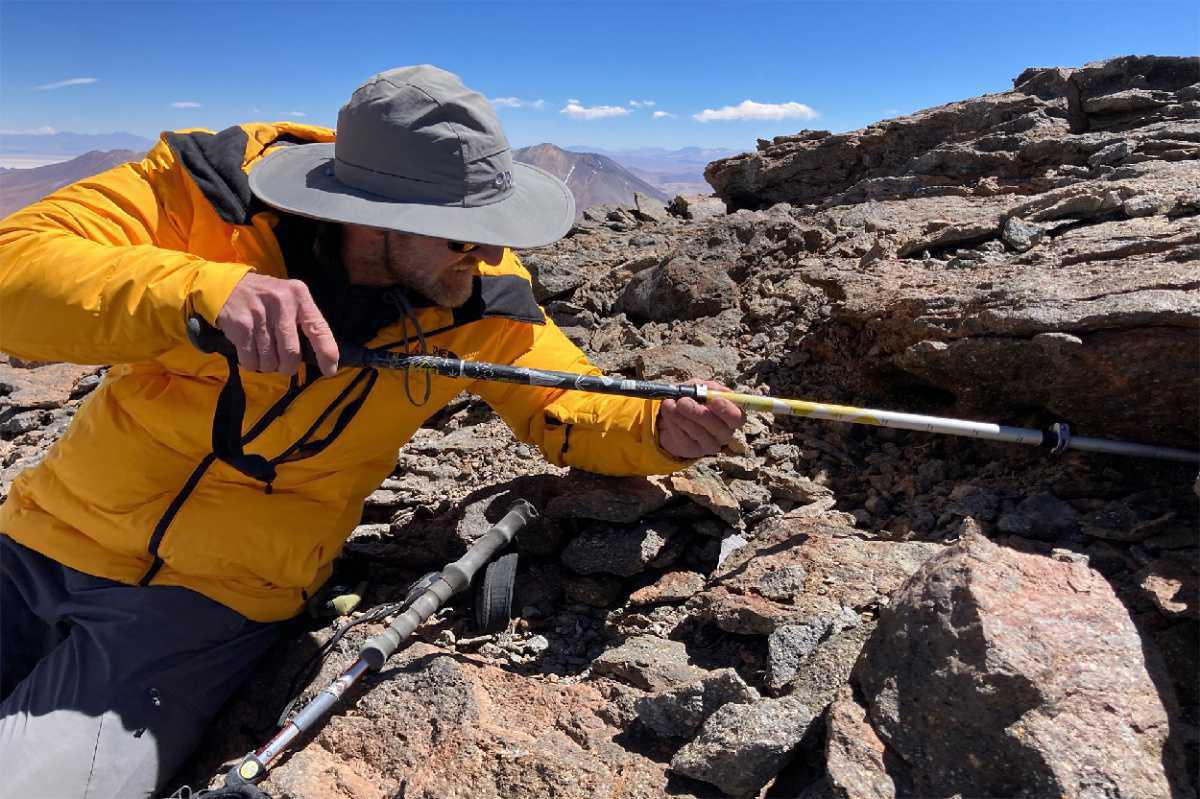A study of mummified mice found at Inca ritual sites on Andean volcanoes has revealed new insights into how the mice reached the summits.
Archaeologists first reported the remains of mummified mouse cadavers during expeditions to the Andean peaks during the 1970’s and 80’s.
It was assumed that the mice hitched a ride or were intentionally transported as animal sacrifices by the Inca, who frequented the peaks as they considered them sacred sites.
“You can’t fault the archaeologists for thinking this way, because what other explanation is there?” said Jay Storz, a Willa Cather Professor of biological sciences at the University of Nebraska–Lincoln. “Nothing could be living up there, so they had to have been brought there.”
The Inca used the summits as huacas altars for the Capacocha ritual, a sacrificial rite that typically involved the sacrifice of Inca children. Children selected for sacrifice in capacocha ceremonies were of both sexes, and were provided to the state as tribute by local communities on a yearly basis.
Professor Storz and colleagues have captured a live specimen of a leaf-eared mouse atop the 22,000-foot peak of Llullaillaco, and reported the discovery of multiple leaf-eared mouse cadavers across the summits of three neighbouring volcanoes — Salín, Púlar and Copiapó.
A closer examination of the mice mummies has further solidified the team's belief that the mice independently scaled the volcanoes without any assistance from the Incas.
Through the measurement of carbon-14 concentrations, an element with a well-established decay rate, the researchers established that the eight mummies found on Salín and one on Copiapó passed away within a relatively recent timeframe, most probably after 1955.
In the case of the four mummies on Púlar, their demise occurred no more than 350 years ago, a full century after the Spanish conquest that marked the downfall of the Inca Empire. “These are basically freeze-dried, mummified mice,” Storz said.
“Even at the base of the volcanoes, the mice are living in an extreme, Martian environment,” he said. “And then, on the summits of the volcanoes, it’s even more so. It feels like outer space.
“It just boggles the mind that any kind of animal, let alone a warm-blooded mammal, could be surviving and functioning in that environment. When you experience it all firsthand, it even further impresses upon you: How in God’s name is anything living up there?”
The mummified state of the mice also helped preserve their DNA, allowing Storz’s collaborators from the University of Montana to compare genetic variation among leaf-eared mice collected in the lowlands, midlands and highlands of Atacama Desert. Analyzing that variation across members of a species can help trace the evolutionary history of populations separated by distance, barriers or, in this case, altitude.
Storz and his team wondered whether the genetic makeup of these high-altitude mummified mice might signify a unique subgroup within the leaf-eared rodent species. This subgroup could potentially have a colonization history distinct from their counterparts dwelling at lower elevations.
“Our genomic data indicate no: that the mice from the summits, and those from the flanks or the base of the volcanoes in the surrounding desert terrain, are all one big happy family,” Storz said, citing it as more evidence that the mummies were not hitchhikers but mountaineers.
University of Nebraska-Lincoln
Header Image Credit : Mario Pérez Mamani


